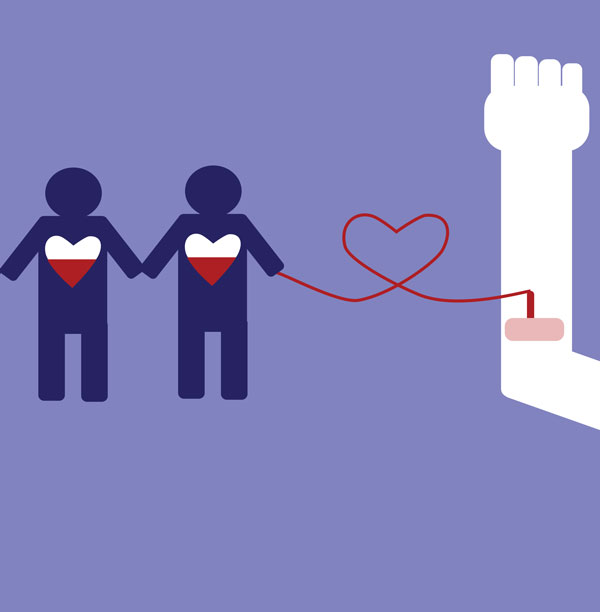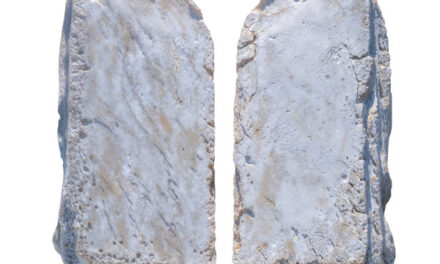If you’re fighting cancer or some other chronic disease, I owe you an apology for breaking the promise I made in 2009.
That was the year I served as chaplain in the Air Force field hospital in Balad, Iraq. Every two weeks there, I took the morning to donate blood platelets.
“What are platelets?” you ask.
Here’s what the Red Cross says: “Platelets are the tiny cells in your blood that form clots to stop bleeding.”

If you can imagine how valuable platelets are to a combat hospital, you’ll understand my biweekly commitment to donate. For nearly three hours, I would sit in the donor chair, adjacent to the emergency room, and watch the bloodied boots of our anguished heroes roll toward radiology for X-rays and MRIs.
The sight inspired me to promise, “Lord, if I ever get out of here….”
Well, maybe not quite so dramatic. It was more like, “When I get home, I promise I’ll continue giving platelets.”
But in my homecoming, I failed to keep my promise. I’m very sorry.
I overlooked how essential platelets are to millions of Americans trying to survive cancer, chronic diseases and traumatic injuries.
In fact, platelets are so important that every 15 seconds someone needs them. And platelets are so fragile they must be used within a week’s time. New donors are constantly needed.
Sadly, it took me another 10 years before I returned to my local blood bank to renew my battlefield contract. That was last year.
These days, my promise begins with online scheduling of a two-and-a-half-hour appointment with the Vitalant Blood Donation center in Grass Valley.
On the morning of my appointment, I fill out an online questionnaire. A nurse takes my vitals and gives me a finger stick to measure my hemoglobin, the most painful moment in the process for many.
Soon, I’m relaxing in a recliner, where the nurse comforts me with heating pads and pillows. I think she’d give me a cuddly stuffed bear if I asked for one.
I point to the tiny scar on my left arm from my Iraq donations, and she inserts a needle, almost painlessly, in the same spot.
She draws a relatively small amount of blood and sends it into a machine called a blood cell separator. The blood is rapidly spun, which forces the platelets to separate. These cells flow into a sterile, single-use plastic bag.
This process removes only platelets. Everything else is recycled back to me—plasma, red cells and white cells. This method is repeated many times until my single donation of platelets provides several transfusable platelet units.
When the procedure is over, I rest in the break area, sipping a favorite beverage and eating popcorn while chatting with the nicest people you’d want to meet—other donors.
Why am I sharing this story in a spirituality column?
Because Easter was recently celebrated, and at my Baptist church we always sing, “Power in the Blood.” The hymn recalls how Jesus spilled his blood and sacrificed his life on our behalf. For me, there’s a connection between giving blood and demonstrating sacrifice, love and concern for God’s people.
If you can’t see yourself sacrificing that much time, please consider 90 minutes to donate plasma. If you survived COVID-19, your plasma may be used to help COVID patients recover with something called convalescent plasma therapy.
And if you’re so busy you barely have time to read this, consider the 30-minute procedure to give whole blood.
Finally, the most rewarding moment is when I receive a text a few days later from Vitalant saying my donation has just been used to save a life.
Norris Burkes can be reached at comment@thechaplain.net. Follow us on Facebook, Twitter and Instagram: @insidesacramento. Burkes is available for public speaking at civic organizations, places of worship, veterans groups and more. For details and fees, visit thechaplain.net.















